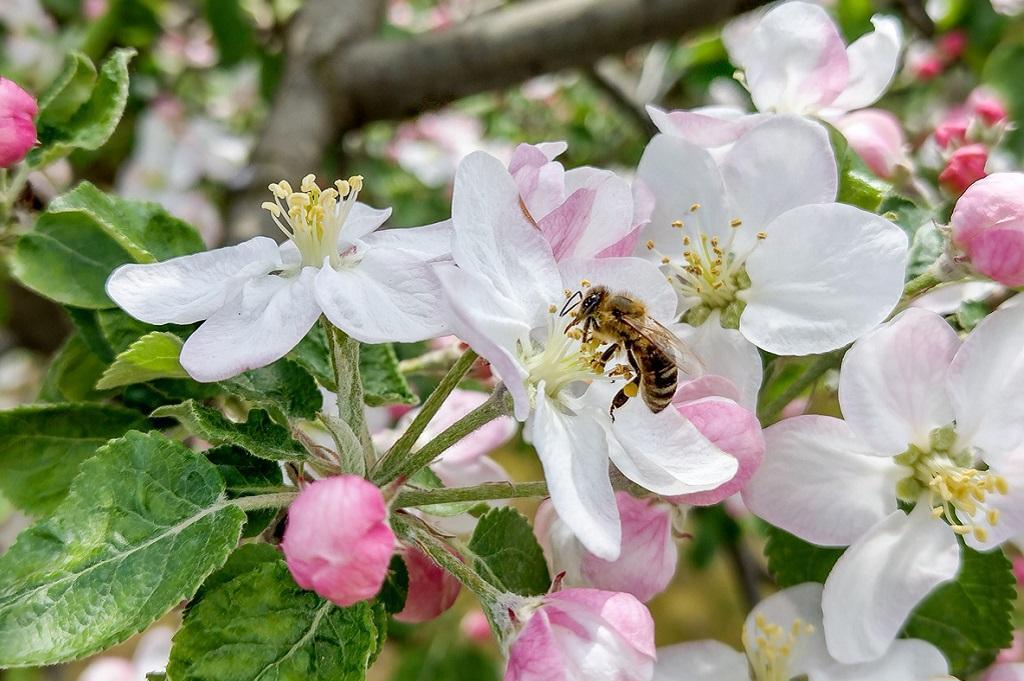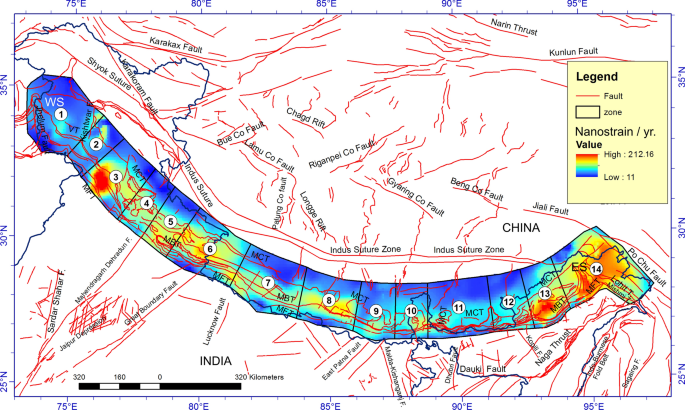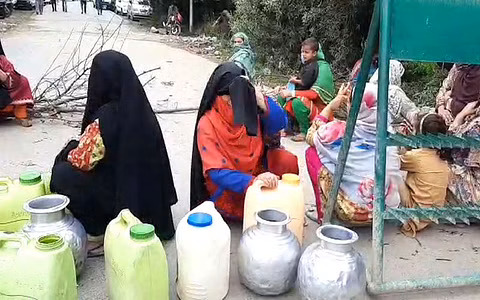Climate change is causing bees, among nature’s primary pollinators, to die in Himachal Pradesh and the Kashmir Valley. This has led to major losses for apple growers in the two areas and could impact their respective economies, horticulturists have told.
While apple production is estimated to decrease by about 30 per cent this time in Himachal Pradesh, 20 per cent loss is estimated in Kashmir. “This year, when it rained in mid-April, bees in our garden died in their boxes,” Marshall Thakur, an apple grower from Himachal Pradesh’s Kullu district, told.
“They didn’t get a chance to come out. When they did not come out, our apple crop could not be pollinated. Due to this, there is going to be a loss of 30 to 35 per cent in apple production,” Thakur added.
Akash Bhimta, from the Kotkhai area of Shimla district, made similar observations. “April was extremely cold. The last time this was the case was 37 years ago,” Bhimta said. “It was time for the apple crop to flower. But from April 15, there was very heavy rainfall. Consequently, the cold increased. I had bee boxes in my gardens. But the bees died. Apple flowers could not be pollinated properly. Therefore, the loss of apples is bound to happen,” Bhimta added.
Almost every apple grower in Himachal Pradesh is distressed about the lack of pollination of apple flowers due to the change in weather this time. It is believed that this could have a big impact on the economy of Himachal Pradesh this year.
Apple cultivation generates an annual turnover of about Rs 5,000 crore in the state every year. Apples are grown on some 0.12 million hectares in Himachal. Just north of the state, apples have also been damaged this time in the Kashmir Valley. Fayyaz Ahmad Malik, president of the Sopore Fruit Association, told that due to sudden rain and a drop in temperature at the time of ‘setting’, the bees could not get out of their boxes, due to which the fruits could not be pollinated.
Sopore is the Valley’s largest fruit market. ‘Setting’ is a temporary phase between the pollination of flowers and the development of fruits. Malik estimated that due to lack of pollination, there may be a loss of 20 to 30 per cent in the production of apples.
Mohammad Amin Bhat, technical officer of the Directorate of Horticulture, Kashmir, told that almost 100 per cent of apple growers in Kashmir use bees for pollination. But this time, due to rain and low temperature, the bees could not come out.
Consequently, cross-pollination will not be possible. The effect of this is visible on apple production. The department is assessing how much damage has been caused because of this, Bhat added. The annual turnover from apple cultivation in Kashmir is Rs 8,000 to 10,000 crore, which is about 10 per cent of the total gross domestic product.
Climate change is causing the deaths of bees across Himachal, though the state’s economy depends on the insect pollinators. Bees fill their stomachs with nectar and pollen obtained from flowers. But for doing so, bees have to go to the female and male part of flowers.
Since bees have hair on their body, pollen and nectar stick to these hairs and reach from the male to the female part. According to an estimate, it is possible to increase the yield of many crops by 10 to 12 times through bee pollination. A study by Tamil Nadu Agricultural University shows that pollination from bees increased apple production by 44 per cent.
A paper published by Yashwant Singh, Jitendra Kumar Gupta and Harish Kumar Sharma of the Department of Insect and Mice Husbandry at the Parmar University of Horticulture and Forestry states that the bee is the most accompolished insect in pollination.
But in Himachal, it is not just native bees but also bees brought from abroad six decades ago that are dying off due to climate change.
The Crop Load Management: Polynation Report published by the Himachal Pradesh Horticulture Department shows that two species are used for large and commercial pollination in India.
These are the Apis mellifera or the Italian bee and the Apis cerana indica or the Indian bee. Of these, Apis mellifera is mostly used as it is much larger than Apis cerana.
Cerana usually flies less than a kilometre while the Italian bee flies up to six kilometres. At the same time, there is a lot of difference between the two bee species in terms of temperature.
Cerana flies at temperatures between 16 and 21 degrees Celsius and low light, while mellifera flies at temperatures between 21 and 25 degrees Celsius.
Due to these qualities, mellifera is more agile than native bees. It reaches 25 to 30 flowers in a minute. Because of this, this bee also does the pollination process faster.
As far as Apis cerena is concerned, it goes from one flower to another in three to four seconds and can pollinate only 20 flowers in a minute.
Mellifera bees were first brought to India in 1962 and reared in Nagrota, Himachal Pradesh. Since then, they have been used to promote horticulture in the state.
Although it is true that Italian bees have proved to be very helpful in fruit pollination, the increase in its numbers is also said to be due to the gradual decline in the number of native bees. There are many reasons for the decrease in the number of naturally occurring insects.
One of them is the clearing of forests for farming and horticulture. Due to this, there has been a decrease in the habitat and plants which supply food to these insects.
Along with this, the indiscriminate use of pesticides has also led to a drastic reduction in the number of natural pollinating insects. But a major reason is also the change in weather.
Apple growers said when the temperature started rising in the medium altitude areas of Himachal Pradesh, the native bees could not withstand it. But Italian bees could. However, these bees are not able to withstand the low temperature (like this year), due to which they die.
Marshall Thakur said the vagaries of climate have become a big problem for farmers and horticulturists. This time, their crop has been delayed by about a month. This was not the case two years ago.






